Clear seler for PT deck in the tropics?
caybound
14 years ago
Related Stories
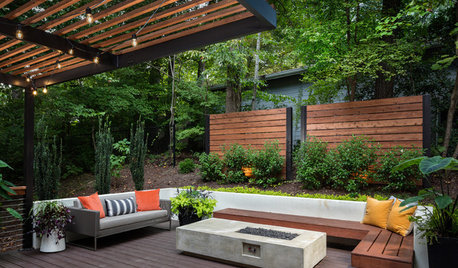
GARDENING AND LANDSCAPING8 Rot-Resistant Woods for Your Outdoor Projects
No need for chemical treatments on your deck or pergola. These woods stand up to weather, insects and time beautifully on their own
Full StoryMore Discussions






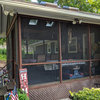
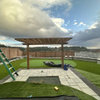
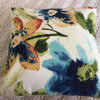
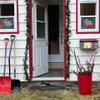
cayboundOriginal Author
tcooks2007
Related Professionals
Huntington Decks, Patios & Outdoor Enclosures · Randolph Decks, Patios & Outdoor Enclosures · Salisbury Decks, Patios & Outdoor Enclosures · Scotts Valley Decks, Patios & Outdoor Enclosures · South Hill Home Builders · Superior Home Builders · Addison Flooring Contractors · Dedham Flooring Contractors · Menifee Flooring Contractors · Orem Flooring Contractors · Saint Louis Park Flooring Contractors · Scottsboro Flooring Contractors · Wausau Flooring Contractors · Layton Siding & Exteriors · New Port Richey East Siding & Exteriors